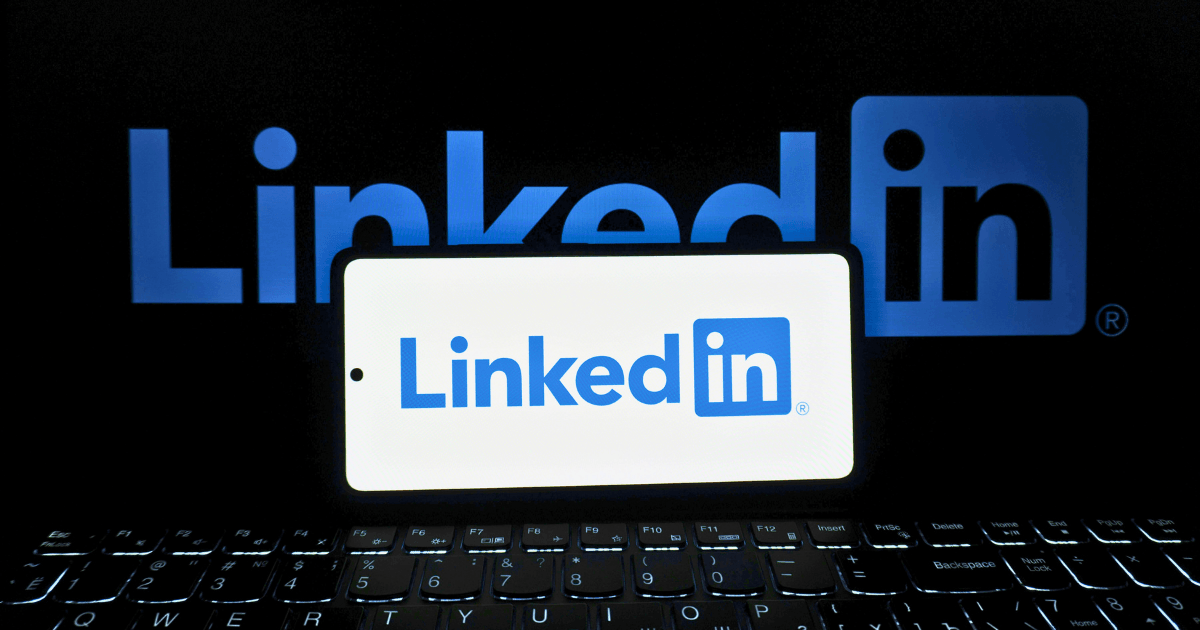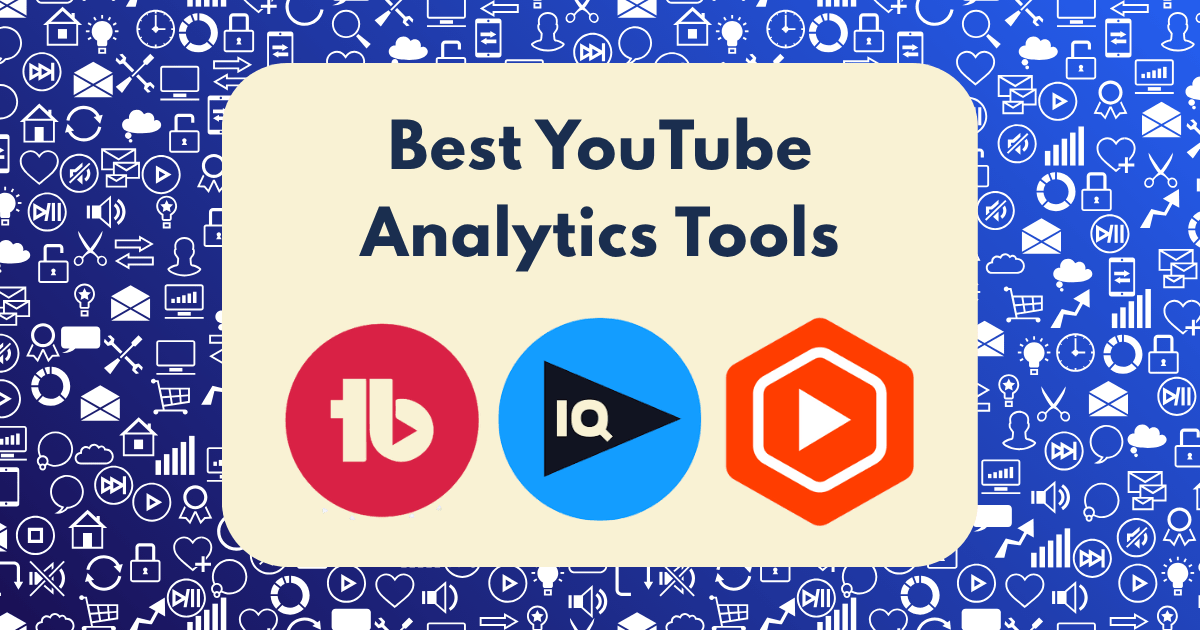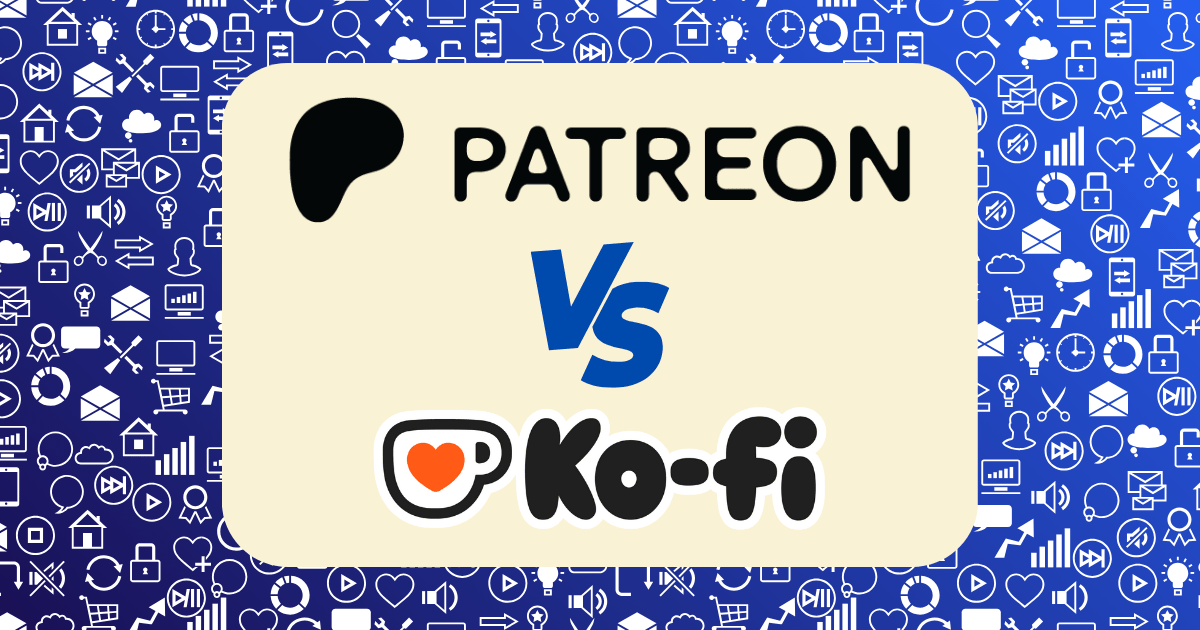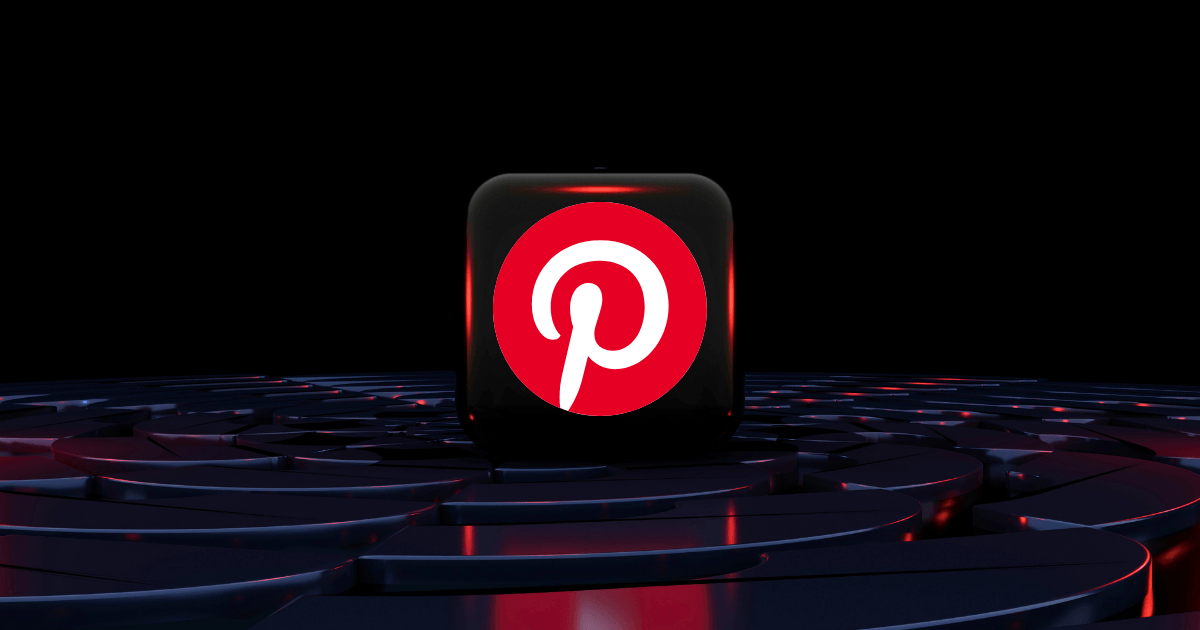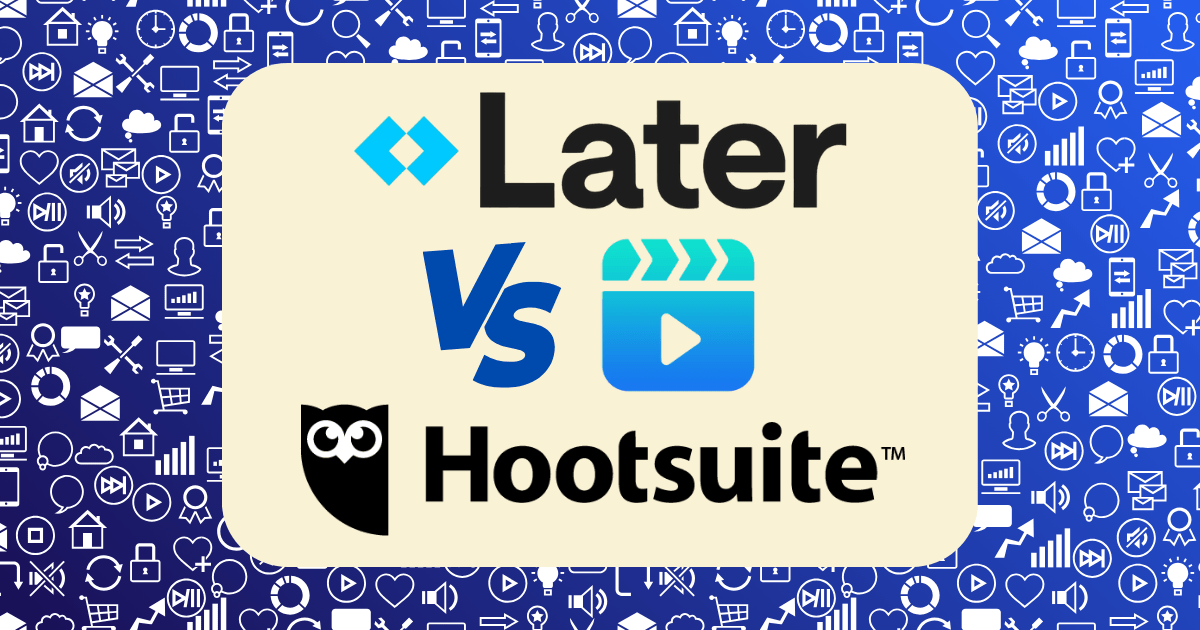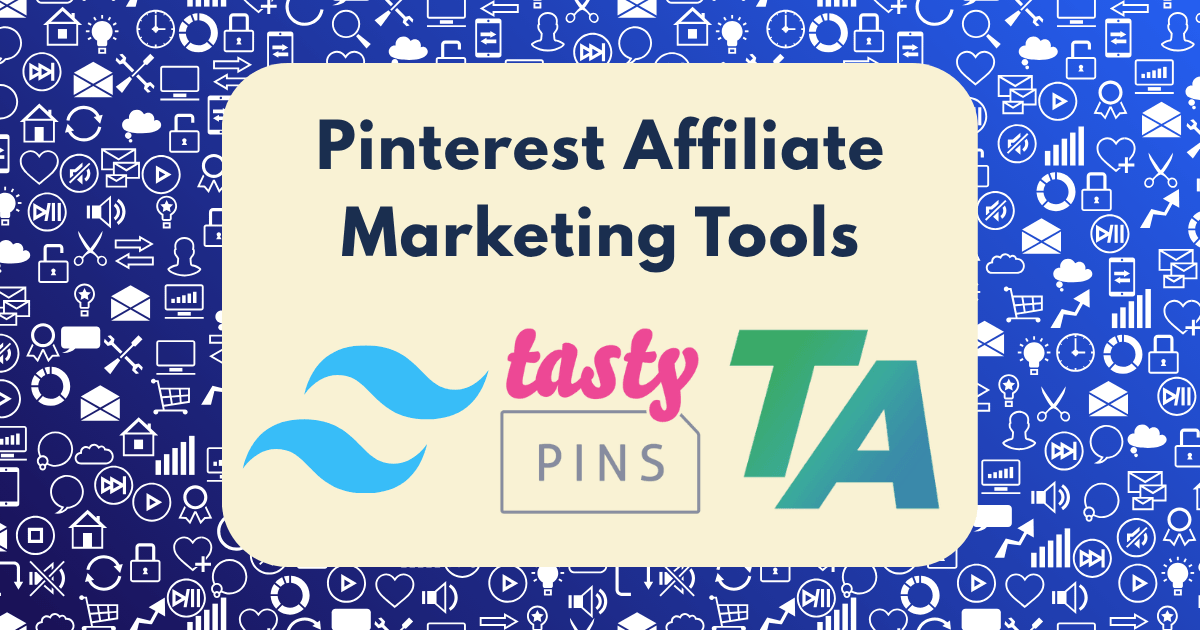YouTube Growth Strategy That Took Me from 0 to 10,000 Subscribers in 6 Months
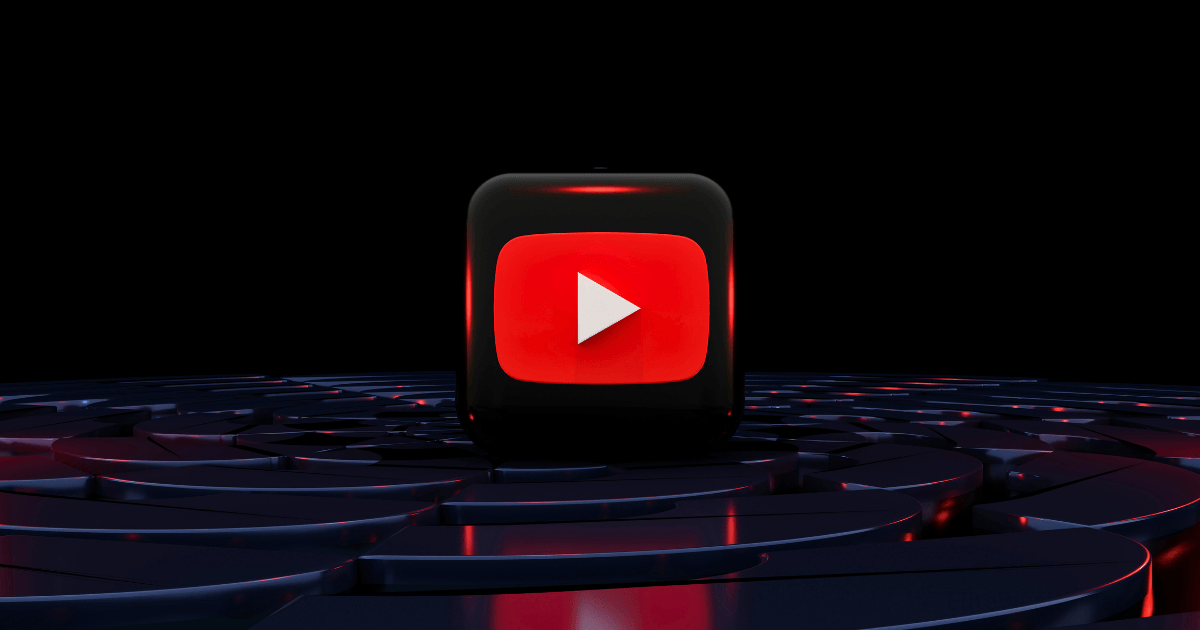
Six months ago, my YouTube channel was a ghost town: 0 subscribers, 0 views, and 0 hope that I could ever break through on a platform where 500+ hours of content are uploaded every minute.
Today, that same channel has over 10,000 subscribers, generates 120,000+ monthly views, and has become a significant source of income through ad revenue, affiliate marketing, and product sales.
This isn’t one of those “I got lucky with a viral video” stories. The growth came from implementing a systematic, data-driven strategy that anyone can replicate—regardless of niche or starting point.
In this post, I’ll share the exact blueprint I followed, including what worked, what failed, and the counter-intuitive tactics that accelerated my growth when traditional advice fell flat.
The Reality Check: YouTube Growth in 2025
Before diving into the strategy, let’s address the elephant in the room: Is it still possible to grow quickly on YouTube in 2025?
The short answer is yes—but the landscape has changed dramatically. According to YouTube’s official statistics, the platform now has over 2.7 billion monthly active users, with competition fiercer than ever.
However, the algorithm has also evolved to better identify and promote quality content from smaller creators. This creates a unique opportunity for those who understand how to work with—rather than against—YouTube’s current priorities.
The key insight that transformed my approach was understanding that YouTube doesn’t care about subscribers or even views. What it cares about is watch time and viewer satisfaction. Once I aligned my strategy with these priorities, growth followed.
My Channel Growth Journey: The Numbers
Let me share the actual growth progression so you can see this wasn’t an overnight success:
| Month | Subscribers | Views | Watch Hours | Videos Published |
| Month 1 | 127 | 3,241 | 98 | 8 |
| Month 2 | 486 | 9,872 | 317 | 10 |
| Month 3 | 1,843 | 27,594 | 1,203 | 12 |
| Month 4 | 3,762 | 58,391 | 2,876 | 14 |
| Month 5 | 6,218 | 94,726 | 4,931 | 15 |
| Month 6 | 10,427 | 121,583 | 7,249 | 16 |
Notice the exponential growth pattern—this is typical of successful YouTube channels. The first few months are slow, but momentum builds as the algorithm gains confidence in your content.
The 5-Pillar Growth Strategy That Actually Works
After testing dozens of tactics, I’ve distilled my approach into five core pillars that drove 90% of my results. Each pillar works in harmony with YouTube’s algorithm rather than trying to “game” it.
Pillar 1: Strategic Niche Selection & Positioning
The foundation of my growth strategy wasn’t creating videos—it was selecting the right niche and positioning within that niche.
The Niche Matrix Method
Rather than just picking a topic I was passionate about, I created a decision matrix with four key factors:
- Search Volume: Topics with consistent search interest
- Competition Saturation: Areas where big creators weren’t dominating
- Commercial Potential: Topics that naturally lead to monetization
- Personal Expertise/Interest: Areas where I could provide unique value
I evaluated 15 potential niches across these dimensions, scoring each from 1-10. The winning niche scored 32/40, offering the best balance of opportunity and feasibility.
The Sub-Niche Strategy
Instead of targeting broad topics like “fitness” or “technology,” I focused on a specific sub-niche: “productivity systems for creative professionals.”
This allowed me to:
- Speak directly to a defined audience with specific needs
- Compete against fewer established channels
- Become a recognized authority faster
- Build a more engaged community
Implementation tip: Use Google Trends to compare potential niches, and TubeBuddy’s Keyword Explorer to assess competition levels before committing to a niche.
Pillar 2: Content Ecosystem Architecture
The biggest mistake new creators make is thinking about videos in isolation. Instead, I built a strategic content ecosystem where each video served a specific purpose in the viewer journey.
The 3-3-3 Content Framework
I developed a framework of three content types, each with distinct goals:
- Discovery Content (30%): Short, highly searchable videos targeting specific keywords to bring new viewers to the channel
- Example: “How to Create a Perfect Notion Dashboard in 10 Minutes”
- Focus: Search optimization, clear value proposition
- Engagement Content (40%): Longer, more in-depth videos designed to build connection and showcase expertise
- Example: “I Tested 5 Productivity Systems for 30 Days: Here’s What Actually Worked”
- Focus: Watch time, comments, community building
- Conversion Content (30%): Strategic content that naturally leads to monetization opportunities
- Example: “The Ultimate Productivity Stack: 7 Tools That Transformed My Workflow”
- Focus: Affiliate opportunities, product mentions, calls to action
By intentionally balancing these three content types, I created a channel that could simultaneously grow, engage, and monetize.
The Content Cluster Approach
Rather than random videos, I organized content into strategic clusters—groups of 3-5 videos on closely related topics. This approach:
- Increased watch time through natural video suggestions
- Strengthened topical authority for the algorithm
- Created natural internal referrals between videos
- Improved viewer retention through content bingeing
Implementation tip: Plan content in clusters of 3-5 videos on related topics, and create a content calendar that balances discovery, engagement, and conversion content types.
Pillar 3: Algorithm-Aligned Optimization
YouTube is fundamentally a search and recommendation engine. I leveraged this by optimizing every element of my videos for both human viewers and the algorithm.
The First 24 Hours Strategy
I discovered that a video’s performance in the first 24 hours significantly impacts its long-term success. My launch protocol included:
- Pre-Launch Preparation:
- Notifying my email list and social followers 24 hours before release
- Preparing engaging comments to post immediately upon publishing
- Scheduling the video for peak audience activity times
- Immediate Engagement Tactics:
- Responding to every comment within the first hour
- Sharing to relevant communities (with permission)
- Watching the full video myself to signal engagement
- 24-Hour Analysis:
- Reviewing key metrics after 24 hours
- Adjusting titles/thumbnails if CTR was below 6%
- Adding pinned comments to address common questions
This approach consistently improved initial performance, which in turn signaled the algorithm to promote my content more widely.
The CTR Maximization System
Click-through rate (CTR) is a critical signal to YouTube’s algorithm. I developed a systematic approach to thumbnails and titles that increased my average CTR from 3.2% to 8.7%:
- Thumbnail Formula:
- High contrast BOGY colors (Blue, Orange, Green, Yellow)
- Clear facial expressions showing emotion
- Text limited to 3-4 words maximum
- Visual pattern interruption (unexpected elements)
- Title Architecture:
- Primary keyword in first 3-5 words
- Emotional trigger word (Revealed, Surprising, Essential)
- Clear benefit statement
- Parentheses for additional context
- A/B Testing Protocol:
- Creating 3 thumbnail variations for each video
- Testing different titles after 1,000 impressions
- Documenting winning combinations for future videos
Implementation tip: Use TubeBuddy’s A/B testing feature to systematically test thumbnails and titles until you find winning combinations for your audience.
Pillar 4: Strategic Shorts Integration
YouTube Shorts provided a significant growth accelerator when integrated strategically with my long-form content.
The Shorts Funnel Strategy
Rather than creating random Shorts, I developed a funnel approach:
- Attraction Shorts: Broad appeal content designed purely for virality and subscriber acquisition
- Example: “3-Second Productivity Hack That Saved Me 10 Hours Weekly”
- Focus: Maximum shareability, pattern interruption
- Bridge Shorts: Content that introduces my core topics and teases long-form videos
- Example: “The #1 Mistake in Your Notion Setup (Full Guide in Bio)”
- Focus: Creating curiosity about main channel content
- Excerpt Shorts: Compelling clips from existing long-form videos
- Example: “Watch How I Organize My Week in 2 Minutes (From My Productivity Masterclass)”
- Focus: Driving traffic to full videos
This structured approach ensured Shorts served my broader channel strategy rather than creating a disconnected content experience.
The 60/30/10 Shorts Distribution
I discovered that the distribution of Shorts types significantly impacted conversion to subscribers:
- 60% Excerpt Shorts (from existing content)
- 30% Bridge Shorts (connecting to main content)
- 10% Attraction Shorts (pure growth focus)
This ratio maximized growth while ensuring new subscribers found value in my main content library.
Implementation tip: Use Opus.pro to automatically identify high-engagement moments from your long-form videos that can be repurposed into effective Shorts.
Pillar 5: Community Cultivation & Retention
The final pillar focused on converting casual viewers into dedicated community members—the key to sustainable channel growth.
The First Comment Strategy
I implemented a system to maximize early engagement on every video:
- Seed Questions: Adding 2-3 thoughtful questions as the first comments
- Response Protocol: Replying to every comment within the first 4 hours
- Engagement Prompts: Including specific questions in the video to encourage comments
- Comment Pinning: Highlighting especially insightful viewer comments
This approach increased my average comment rate from 1.2% to 4.7% of viewers, sending strong engagement signals to the algorithm.
The 3R Retention System
To maximize subscriber retention and engagement, I implemented the 3R system:
- Recognition: Acknowledging returning viewers in videos and comments
- “Welcome back to my returning subscribers…”
- Mentioning commenters by name in future videos
- Rewards: Creating exclusive content for the community
- Subscriber-only Community tab polls to influence future content
- Early access to resources mentioned in videos
- Responsibility: Giving viewers a stake in the channel
- Incorporating viewer suggestions and crediting them
- Creating “subscriber spotlight” segments
This system increased my subscriber-to-view conversion rate by 34% and significantly improved retention.
Implementation tip: Use the Community tab strategically once you reach 500 subscribers, posting 2-3 times weekly with questions, polls, and behind-the-scenes content to maintain engagement between video uploads.
The Technical Foundation: Tools That Accelerated My Growth
While strategy is paramount, having the right tools significantly accelerated my execution. Here’s my essential toolkit:
Research & Planning Tools
- TubeBuddy ($19/month): Keyword research and competition analysis
- VidIQ ($7.50/month): Trend identification and idea validation
- Ahrefs ($99/month): Identifying searchable topics with traffic potential
- Notion ($8/month): Content calendar and video planning
Production Efficiency Tools
- Descript ($15/month): Script editing and content repurposing
- Riverside ($15/month): High-quality remote interviews
- Canva Pro ($12.99/month): Thumbnail creation and graphic design
- Opus ($9/month): AI-powered clip identification for Shorts
Analytics & Optimization Tools
- Morningfame ($15/month): Advanced performance analytics
- TubeBuddy A/B Testing (Included): Thumbnail and title optimization
- Playsplay ($5/month): Competitor performance tracking
While these tools represent about $200 monthly investment, they saved me countless hours and significantly improved my content’s performance. For those on a tighter budget, TubeBuddy and Canva provide the essential functionality to implement most of this strategy.
Common Growth Obstacles (And How I Overcame Them)
Throughout my journey, I encountered several challenges that threatened to derail my progress. Here’s how I addressed the most common obstacles:
The Initial Growth Plateau (Months 1-2)
During the first two months, growth was painfully slow despite publishing consistently. I overcame this by:
- Doubling down on keyword research to find ultra-specific, low-competition topics
- Creating response videos to trending topics in my niche
- Participating actively in niche communities to build initial awareness
- Collaborating with peers at a similar subscriber level for cross-promotion
The key insight was that initial growth requires more manual promotion than later stages when the algorithm takes over.
The Mid-Journey Algorithm Shift
In month four, YouTube updated its algorithm, and my views temporarily dropped by 40%. I recovered by:
- Analyzing top-performing videos across my niche after the update
- Identifying new patterns in recommended videos
- Adjusting my content length based on new engagement patterns
- Increasing my Shorts frequency to maintain visibility
Adaptability proved more valuable than consistency during algorithm changes.
The Burnout Barrier
By month five, creating 3-4 pieces of content weekly while managing growth became overwhelming. I implemented:
- Batch production days: Creating 3-4 videos in a single day
- Template systems: Standardizing intros, outros, and segments
- Limited editing scope: Focusing only on cuts that improved retention
- Virtual assistance: Hiring help for research and comment management
This sustainable approach allowed me to maintain quality while scaling production.
The 30-Day Accelerated Growth Plan
For those looking to implement this strategy, here’s a condensed 30-day plan to kick-start your channel growth:
Days 1-3: Foundation Setting
- Conduct niche research using the Niche Matrix Method
- Set up essential tools (TubeBuddy, Canva)
- Create channel branding and optimization
- Develop content pillars and initial content clusters
Days 4-10: Content Creation Sprint
- Produce 3 cornerstone long-form videos (one from each content type)
- Create 6 strategic Shorts using the 60/30/10 distribution
- Optimize all content with the CTR Maximization System
- Prepare launch schedule and promotion plan
Days 11-20: Strategic Publishing
- Implement the First 24 Hours Strategy for each video
- Engage heavily in relevant communities
- Apply the First Comment Strategy to maximize engagement
- Begin A/B testing thumbnails and titles
Days 21-30: Analysis & Optimization
- Review channel analytics to identify top-performing content
- Double down on successful formats and topics
- Implement the 3R Retention System
- Plan next content cluster based on initial results
This accelerated plan won’t get you to 10,000 subscribers in 30 days, but it will establish the foundation for exponential growth in the months that follow.
Beyond Subscribers: Monetization Strategy
While this post focuses on growth, it’s worth noting how this strategy enabled early monetization:
- Ad Revenue: Qualified for the YouTube Partner Program in month 3
- Current monthly ad revenue: $1,200-1,500
- Affiliate Marketing: Strategic product mentions in conversion content
- Current monthly affiliate revenue: $2,300-2,800
- Digital Products: Created based on most-requested topics
- Current monthly product revenue: $3,500-4,200
- Sponsored Content: Began receiving offers at 5,000 subscribers
- Current rate: $1,500-2,000 per sponsored integration
The key insight: monetization becomes much easier when your growth strategy includes conversion content from the beginning.
Looking Ahead: Sustaining Growth Beyond 10,000
As I look toward my next milestone of 100,000 subscribers, my strategy is evolving in several key ways:
- Content Depth Over Frequency: Shifting to fewer but more comprehensive videos
- Community-Driven Topics: Letting subscribers influence 50% of content decisions
- Strategic Collaborations: Partnering with larger channels for exposure
- Platform Expansion: Repurposing content across multiple platforms
- Team Building: Bringing on specialized help for different content aspects
The fundamental principles remain the same, but the execution becomes more refined and delegated as the channel grows.
Final Thoughts: The Real Secret to YouTube Growth
After six months of intensive growth, I’ve realized that the “secret” isn’t really a secret at all. Successful YouTube growth in 2025 comes down to:
- Algorithm alignment: Working with YouTube’s goals, not against them
- Viewer-centric content: Solving real problems and delivering genuine value
- Strategic patience: Understanding that sustainable growth compounds over time
- Data-driven iteration: Continuously improving based on performance metrics
- Systematic execution: Following proven processes rather than chasing trends
The platform continues to reward creators who help YouTube achieve its ultimate goal: keeping viewers engaged and satisfied with the content they discover.
If you’re just starting your YouTube journey, remember that every successful channel begins with zero subscribers. The difference between those that grow and those that don’t isn’t luck or talent—it’s strategy and persistence.
What part of this growth strategy are you most interested in implementing for your channel? Let me know in the comments.


